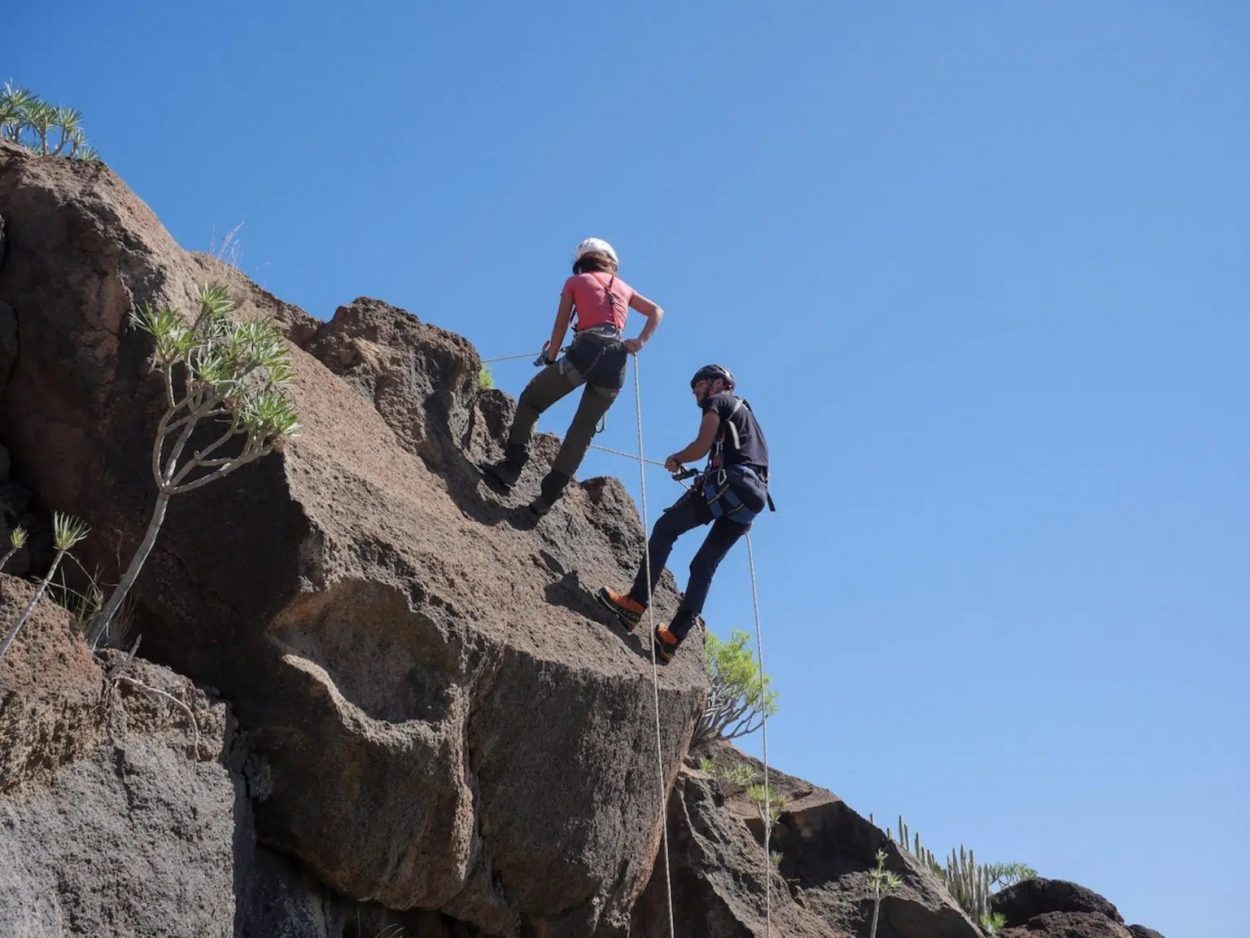Archaeologists have located caves from the Guanches culture, the indigenous inhabitants of the Canary Islands.
The Guanches arrived on the archipelago during the first millennium BC from the African mainland, sharing genetic traits similar to ancient Berber peoples of the African mainland.
The Guanches were the only native people known to have lived in the Macaronesian archipelago region before the arrival of Europeans, but after the Spanish conquest of the Canaries in AD 1400 were mainly wiped out through acts of genocide.
One of the earliest accounts of the Guanches dates from around AD 1150 by the Arab geographer Muhammad al-Idrisi in the Nuzhatul Mushtaq, a book he wrote for King Roger II of Sicily, in which al-Idrisi reports a journey in the Atlantic Ocean made by the Mugharrarin (“the adventurers”), a family of Andalusian seafarers from Lisbon.
The text describes “a village whose inhabitants were often fair haired with long and flaxen hair and the women of a rare beauty”, with Al-Idrisi also describing the Guanches men as “tall and of a reddish-brown complexion”.
As part of a new study led by archaeologist Nuria Álvarez, researchers have located Guanches caves in the municipalities of San Cristóbal de La Laguna, El Rosario and Los Realejos on Tenerife.
The caves are located in inaccessible ravines, cliffs or crags and are relatively intact, revealing new insights into the habitation of the caves and the ritual burial practices of the Guanches.
Previous archaeological research of the Cave of the Guanches in Icod de los Vinos has placed Guanche occupation in the region to around the 6th century BC, according to an analysis of ceramics, bone awls, bone remains of caprids, shells of marine mollusks and a human lower jaw found in situ.
Header Image Credit : Nuria Álvarez





